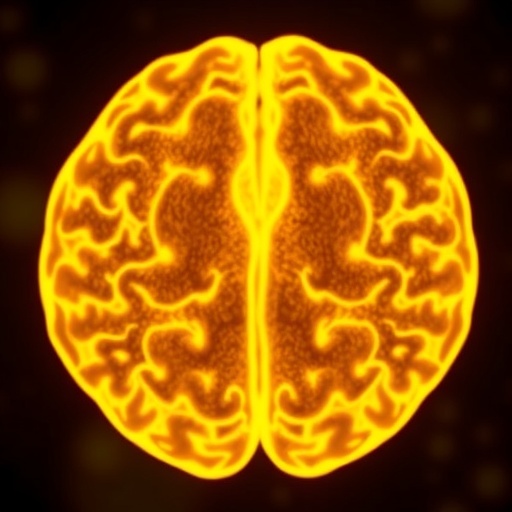ITHACA, N.Y. – Using shotgun DNA sequencing, Cornell University researchers have demonstrated a new method for monitoring urinary tract infections (UTIs) that surpasses traditional methods in providing valuable information about the dynamics of the infection as well as the patient's biological response.
The technique is detailed in the paper "Urinary cell-free DNA is a versatile analyte for monitoring infections of the urinary tract," published June 20 in the journal Nature Communications.
UTIs are one of the most common infections in humans and occur when harmful bacteria or viruses reach parts of the urinary system, including the kidneys, bladder or urethra.
Researchers at Cornell Engineering and Weill Cornell Medicine discovered that they could learn about the bacterial and viral composition of a patient's urinary tract by isolating cell-free DNA – fragments of a dead cells' genome derived from human and microbial cells – from a urine sample.
Beyond measurement of the abundance of different components of the microbiome, urinary cell-free DNA provides a wealth of information about bacterial phenotypes, according to Iwijn De Vlaminck, professor of biomedical engineering and co-lead author of the study.
"We found that we could deduce the fraction of the bacterial population that is growing, by carefully looking at the places in the genome where the cell-free DNA was derived from" said De Vlaminck, who added that metagenomic analysis of the cell-free DNA can also be used to infer which antimicrobial drugs may work best against a particular infection.
The monitoring technique can be especially beneficial for kidney transplant recipients, according to the study's authors, which include co-lead author John Richard Lee, assistant professor of medicine at Weill Cornell Medicine, as well as Darshana Dadhania, an associate professor of medicine at Weill Cornell Medicine, and Lars Westblade, an assistant professor of pathology at Weill Cornell Medicine. Half of all kidney recipients will suffer from a bacterial UTI within the first three years of receiving the transplant, putting those patients at risk of infection related complications.
"The cell-free DNA profiling technique can diagnose rare infections that are not routinely screened for and has the potential for earlier diagnosis and treatment and improve outcomes in kidney transplantation," said Manikkam Suthanthiran, chief of nephrology, hypertension, and transplantation at Weill Cornell Medicine and co-author of the study.
The time required to test urine samples for cell-free DNA can be made comparable to traditional UTI assays, according to the researchers, and will benefit from continued technical advances in DNA sequencing that will reduce cost and increase throughput in the years to come.
###
Media Contact
Jen Gundersen
[email protected]
646-962-9497
@cornell
http://pressoffice.cornell.edu
http://dx.doi.org/10.1038/s41467-018-04745-0




